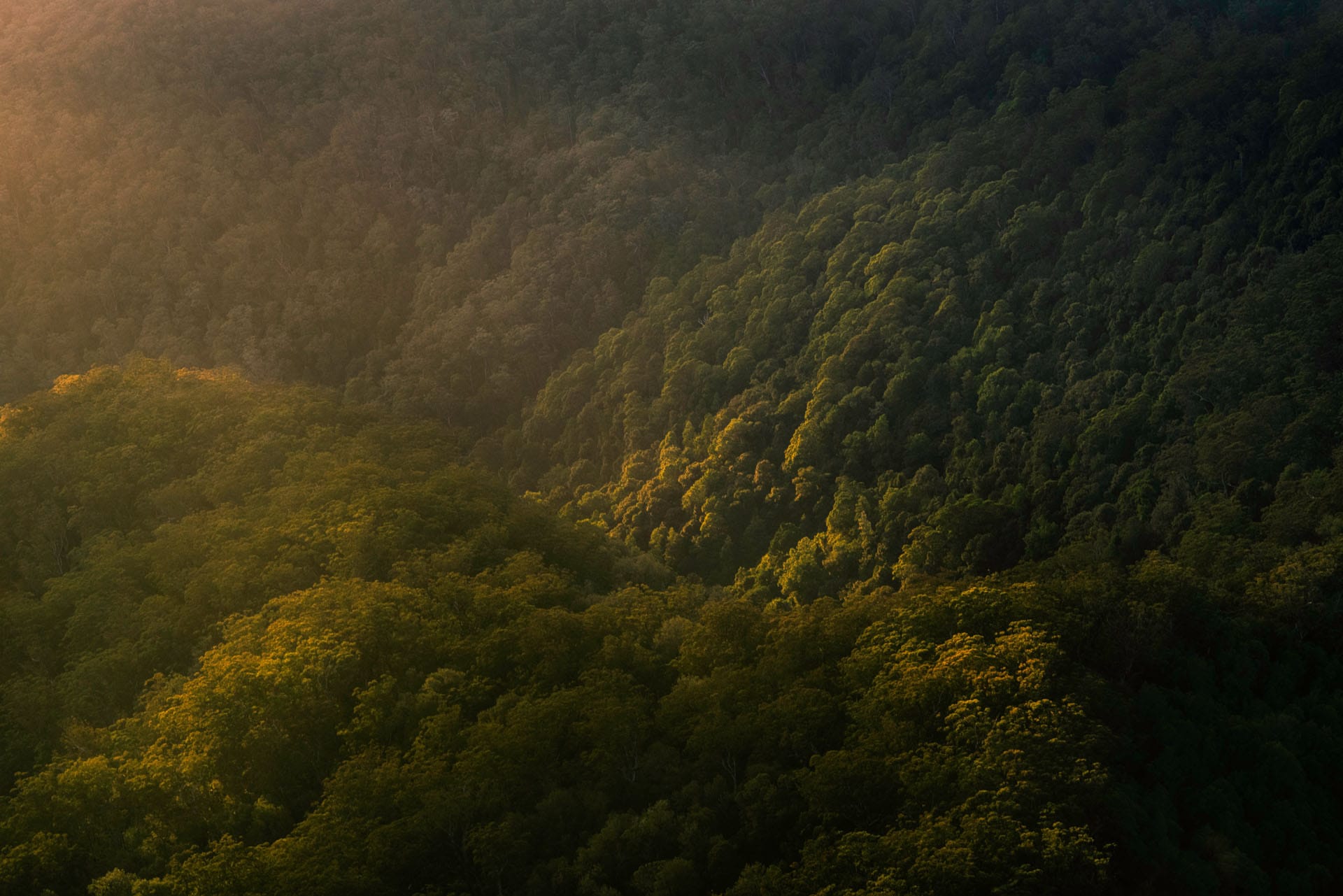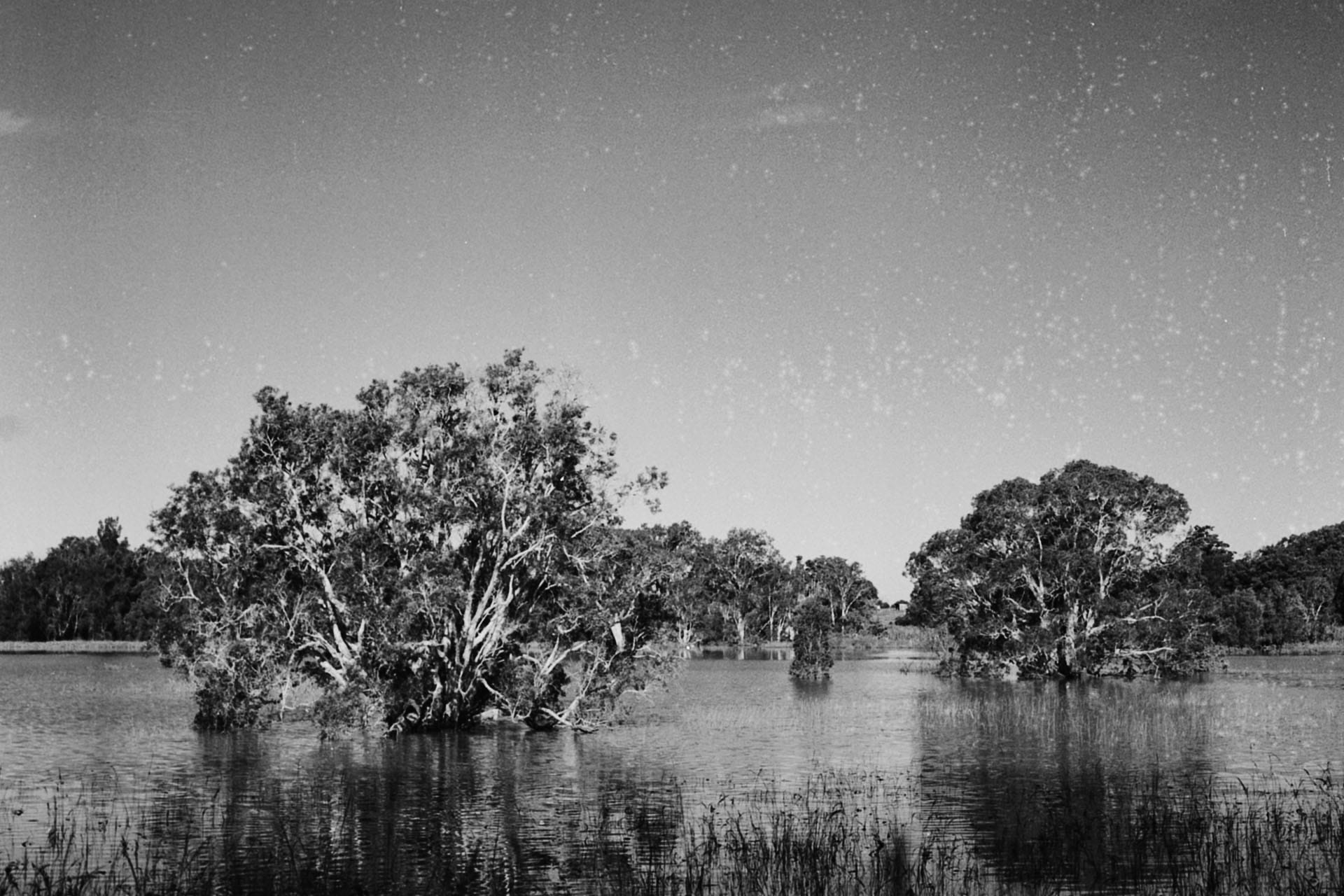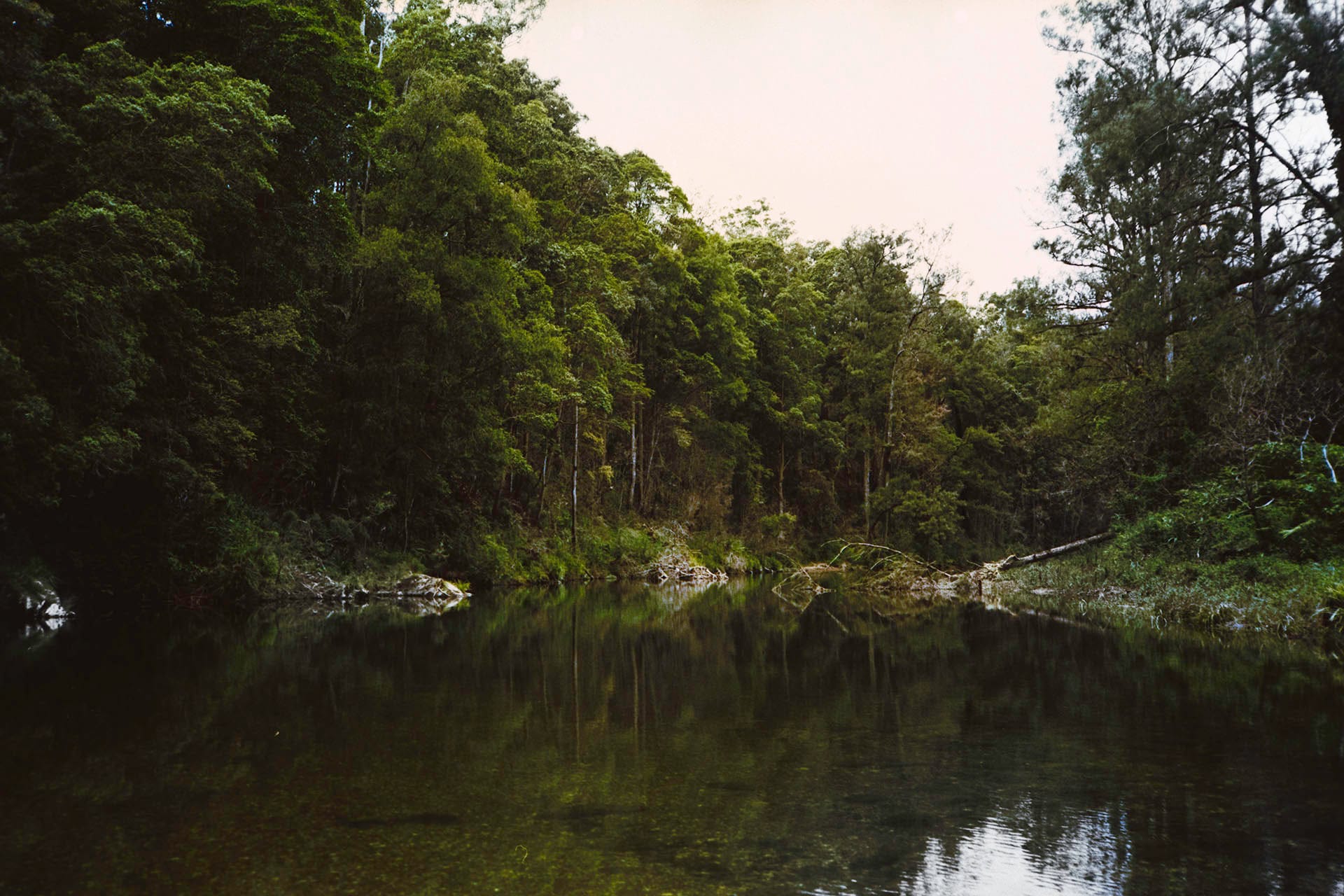In Northern NSW our rivers are sick.
We have filled our wetlands and drained the floodplains that our rivers use to breathe. As a result, blackwater events are suffocating our fish, and this is occurring more often and with greater severity.
These events are well beyond the normal impacts of flood events.
Recent blackwater fish kill events
- Manning River (January, 2020)
- Richmond River (April, 2022)
- Nambucca River (August, 2023)
- Clarence River (October, 2023)
- Brunswick River (January, 2024)
- Clarence River (January, 2024)
- Richmond River (April, 2024)
- Richmond River (March, 2025)
- Clarence River (March, 2025)
- Macleay River (March, 2025)
Despite this, we hold our rivers in high regard. We have a connection to them, we enjoy living alongside them, we play in our rivers, feed off our rivers, and rely on our rivers for so much.
Why don't we care more?
I think most of us do, but are unaware of how bad things are.
This sickness has existed for generations and it's been so long that entire communities believe that what flows through our towns and villages is normal — because they've known nothing else.
Our children believe that our rivers have always been like this, and it saddens me. As individuals, we didn't create this problem, but it is our responsibility to fix it.
I'm writing this mostly to relieve my frustrations in defiance of this generational amnesia, and to say "no, this is not normal".
But I also want to share my observations of these impacts as someone who lives on a river, and as a boy who was raised on rivers. I am just a fisherman, an observer, someone who has spent a lifetime learning to see and read our rivers.
So, what do I see? I see many problems — but there is a solution.
The birth
Our rivers start in the mountains among the trees. Our forests create rain which flows down through our valleys, birthing a river.
Along the way our forests act as sponges, helping to regulate, retain, and slow water flow, as well as to capture debris and sediment before it enters our rivers.

The breath
Over time our rivers exhale across the landscape, carving out floodplains, swamps and wetlands that they use as overflow mechanisms during periods of heavy rain or flooding.
This is a natural process, and these systems serve to regulate and hold water, acting as living dams and filters for our rivers.
These habitats also serve as safety barriers for flood events, and play an important role as feeding and breeding grounds for many of our river fish species, supporting a wide diversity of fish, birdlife and river critters.

The flood
During periods of high or extensive rainfall, river floods are inevitable.
As floodwaters move downstream and break their banks, our swamps, wetlands, floodplains and marshes are inundated by floodwaters.
This is what they have adapted to, and they play an important role in this process.
These floodplains and riparian habitats are home to water-tolerant plant species that can survive inundation for periods of time, so flooding in these areas is typically low impact and is often beneficial for river health.

The blackwater
As flood waters stagnate and begin to recede, our riparian and floodplain structures prepare to do their jobs as the guards of the blackwater.
When flooding occurs, organic matter begins to decay, causing a condition known as hypoxia — or levels of low oxygen in the water. The by-product of this process is called blackwater.
The rate of decay in a flood depends on the vegetation that is inundated. Flood-tolerant habitats are more resistant, but dry land vegetation like lawns, fields, crops and gardens suffer quickly and break down, producing blackwater with dangerously low levels of dissolved oxygen.
When entering a river system, blackwater is a death sentence. It is responsible for many fish kill events with significant impacts lasting months to years. It is death by suffocation and can kill not only fish, but everything living in our rivers including worms, prawns, seagrass, oysters, eels and more.
However, our natural defence systems along our floodplains, wetlands and marshes serve an important role here — trapping and slowing blackwater from entering the river.
These systems act to slow down, filter and manage blackwater release so it is less dangerous — preventing fish kill events from occurring, or greatly reducing the impacts in all but the most extreme flooding events.
In some severely impacted river systems, even heavy rain alone — without flooding — can create blackwater runoff events which result in fish kills.

The causes
Floods and blackwater events are natural processes that a healthy river system can manage. Flooding is a very important part of a river's lifecycle, with many species relying on these events for spawning and migration.
Fish kill events every time it floods are not normal. Fish kills when it rains are not normal. Fish kills when it neither rains nor floods are not normal. These are symptoms of a sick river.
Yet all of these situations are occurring in rivers throughout Northern NSW with increasing regularity.
Repeated fish kills in our rivers are a serious warning sign.
These increasing blackwater events are caused primarily by the degradation or complete removal of riparian, wetland and swamp habitats bordering our rivers.
Fish kills and blackwater impacts are magnified by draining floodplains for farming and development.
Growing crops, pastures, tea trees, and macadamias on flood plains results in excessive organic matter dieback in flood events, greatly increasing blackwater as a by-product — with no natural barriers left to manage this release before it returns to the river.
Levee banks and raised roads can hold in floodwaters, where insufficient drainage stalls water release and creates more decaying vegetation.
Floodplain development and poor land management are killing our rivers and our fish, destroying our fishing industry, depleting fish stocks, reducing flood resilience, and lowering water quality.
These impacts affect you and me. Our fish are being killed, but we are paying the price.
Unfortunately, we continue to develop on flood plains and fill wetlands while watching fish float down our rivers year after year.

The fix
The solution to saving our rivers is simple — we must restore, expand, and protect river habitats.
Wetlands, swamps, salt marshes, mangroves and riparian zones are our best defence for healthy river systems long-term, providing natural resilience to flood impacts and blackwater events — and they serve to provide the feeding and spawning grounds needed for strong fish populations.
The good news is there are people and organisations working actively to save our rivers, and they are making progress. Organisations like Landcare, OzFish, and river advocacy groups already exist in our communities and are looking for more hands.
But recovery takes time, and every new floodplain development, drained wetland, or filled swamp sets us back further.
Are we the last generation of fishers in these rivers? Can we survive as a community on a dying river?
It's our responsibility to correct the mistakes of previous generations.
We can do better, and our rivers deserve better. Our rivers and our fish have a future if we take action to save them.
Join your local river chapter, talk to your representatives, educate your friends and family, and save our rivers from further harm.






